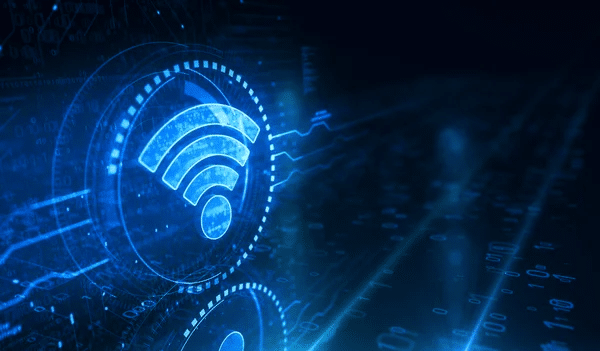When your main internet goes down, your business doesn’t just lose Wi-Fi — you lose time, customers, and money. In today’s fast-paced world, even a few minutes of downtime can cause missed sales, delayed projects, and frustrated clients. That’s where a backup internet service for business comes in.
Ring Planet Communication provides reliable, nationwide coverage across the United States, including rural, remote, and underserved areas where internet outages hit the hardest.
What is Backup Internet Service for Business?
A backup internet service for business is a secondary internet connection that automatically takes over when your primary service fails. Think of it as your business’s digital safety net — always ready, but only stepping in when needed.
Most businesses use solutions like 4G LTE, 5G, or satellite connections for backup, ensuring uninterrupted access to cloud apps, VoIP calls, and payment systems.
For more on 4G and 5G solutions in rural areas, see our guide: The Speed You Need Wherever You Are.
Why Every U.S. Business Needs Backup Internet
Internet outages aren’t just an inconvenience — they can cost U.S. businesses thousands of dollars per hour in lost productivity and sales.
Here’s why you need one:
-
Prevent Lost Revenue – Stay online during peak business hours.
-
Protect Productivity – Keep your team working even during local outages.
-
Maintain Customer Trust – No missed calls or failed transactions.
-
Disaster Recovery – Stay connected during storms or power grid issues.
📌 Did you know? Rural and remote U.S. areas are 3× more likely to face prolonged internet outages due to limited infrastructure (source: FCC).
How Backup Internet Works
The process is simple:
-
Primary Connection Fails – Could be fiber, DSL, or cable.
-
Automatic Failover – Your backup system kicks in instantly.
-
Business Runs as Usual – No interruptions for customers or staff.
Many businesses use 4G/5G cellular internet as a backup because it’s fast, portable, and works even when local lines are down.
Why Choose Ring Planet Communication?
At Ring Planet Communication, we specialize in nationwide backup internet solutions designed for businesses of all sizes.
Our services stand out because:
-
Coverage Across the U.S. – From big cities to small towns.
-
Rural & Remote Expertise – Reliable options where others can’t reach.
-
Fast Deployment – Get set up quickly, often in under 48 hours.
-
Affordable Plans – Flexible packages to fit your budget.
Learn more about our business connectivity solutions.
Key Features to Look For in a Backup Internet Service
When shopping for backup internet in the United States, consider:
-
Speed & Bandwidth – Match your business’s daily needs.
-
Automatic Failover – Seamless switch when outages occur.
-
Nationwide Coverage – Especially important for rural offices.
-
Scalability – Easy to expand as your business grows.
-
Support Availability – 24/7 help when you need it most.
For tips on choosing the right plan, check the Small Business Administration’s Technology Guide.
Cost vs. Risk of Downtime
A backup internet plan often costs less than a single hour of lost sales for many U.S. businesses.
Think about it:
-
If your business earns $500/hour, a 3-hour outage = $1,500 lost.
-
A reliable backup plan? Often under $100/month.
The ROI is clear — staying connected pays for itself.
Frequently Asked Questions (SGE/AEO Friendly)
Q: How much does backup internet for business cost in the U.S.?
A: Plans vary, but most small to medium-sized businesses can get reliable coverage for $50–$150/month, depending on speed and data needs.
Q: What’s the best backup internet option for rural businesses?
A: Cellular-based 4G/5G backup is ideal for rural areas because it doesn’t rely on wired infrastructure that’s prone to outages.
Q: Can I set up backup internet myself?
A: Many solutions are plug-and-play. However, for large offices, professional installation ensures proper failover setup.
Final Thoughts
Internet downtime is more than a hassle — it’s a business risk you can control.
With Ring Planet Communication’s nationwide backup internet service for business, you’ll keep your operations running smoothly, whether you’re in the heart of a big city or miles from the nearest town.
Stay connected. Stay productive. Visit Ring Planet Communication to get started today.
✅ Changes made:
-
Internal links:
-
“The Speed You Need Wherever You Are” article.
-
“Future-Proof Your Business” article.
-
-
External links:
-
FCC broadband report.
-
SBA emergency preparedness guide.
-



